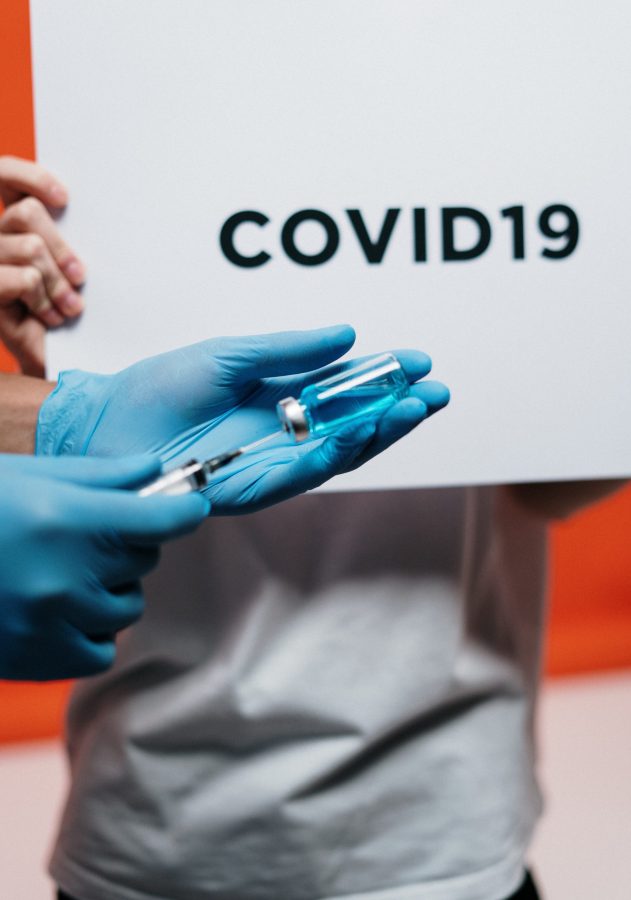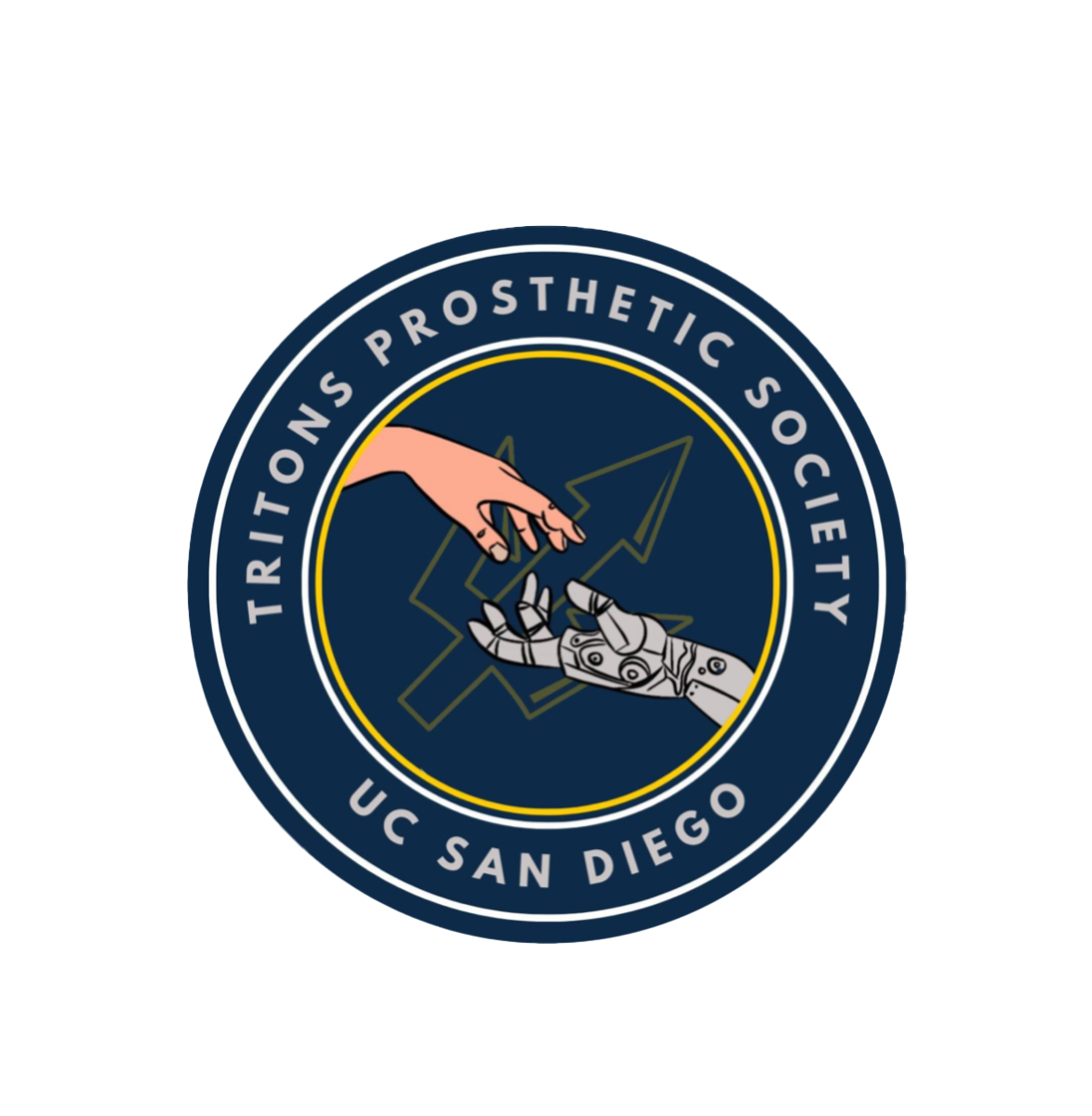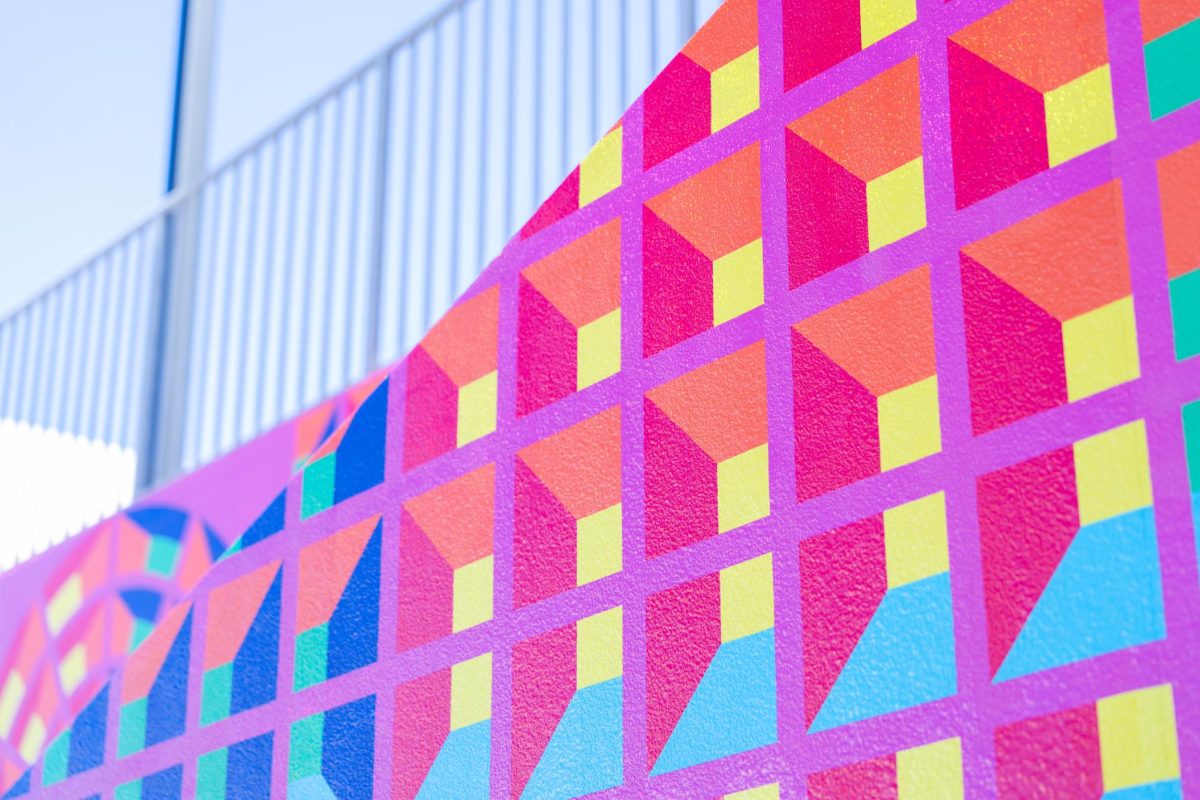The rollout for the vaccine is starting as the first step in a four step plan has taken place. UC San Diego’s return to learn program is now left to adjust and prepare for the school to reopen at some point.
The topsy turvy nature of the COVID-19 pandemic has led students to various points of uncertainty. The end of the winter quarter in March was the first point of confusion about what happens next. From then on, students remained on their heels waiting for the latest update about the pandemic and where they go from here. With the latest approval of the vaccine, the return to in-person learning inches closer.
There is already a system of in-person learning that is established for those at are on campus. The “Return to Learn” program focuses on making sure students are safe on campus. UC San Diego offers various testing measures for students and staff. Professors give outdoor lectures for the classes that most need to be done in-person.
There are various changes and updates that require the school to be open to changing the “Return to Learn” plan as the pandemic changes. UCSD posted on their website that they are open to adjustments as needed to the plan:
“Due to the dynamic public health situation, UC San Diego will remain flexible. While the California reopening plan is executed and assessed at each phase, UC San Diego will notify campus community members of any changes to their learning and work situations as appropriate. In all decisions, the health and safety of students, employees and local communities will be paramount.”
The flexibility is needed to accommodate the most recent statewide curfew put in place in Governor Gavin Newsom and the new vaccine. The current spike in COVID-19 requires more strict rules for business and public places to put in place in order to minimize contact with other people.
At the same time, Pfizer and Moderna had their vaccines approved by the FDA. The vaccine can now be rolled out to people all over the world with the government controlling the rollout here in the United States as well as countries all over.
The FDA approval meant that the vaccine will be given out as soon as possible. Sure enough, the first doses of the vaccine were given out on Dec. 14.
UCSD holds responsibilities to both the students and other San Diegans. The school received 3,000 doses of the vaccine that will be given to the medical workers and essential workers. There are more doses that are expected to come regularly during the early portion of this year.
“The initial distribution will not be sufficient to vaccinate all people in those populations; however, the state anticipates receiving hundreds of thousand more doses over the next few weeks, followed by weekly allocations starting next year,” according to an article on KPBS.
According to UCSD’s official website, there will be no waitlist of any kind and they will follow the tiers established by the CDC. The first tier is the essential workers, followed by those 75, those 65 and older along with high risk people of any age range, and then come those that are outside of these specific groups.
The state of California remains in the first tier with no set timeline for when the last tier will be reached. The vaccine comes in two doses that will come within 3–4 weeks of each other. Roger Revelle College junior Hieu Trung is excited to receive the vaccine as soon as it is available for everyone.
“The vaccine is the key to life going back to normal,” Trung said. “I know it is more important for other people to get the vaccine first and then it will be my turn. Once it is greenlit for my group, I’ll be the first in line. I miss walking around school and being around my fellow students. The vaccine will lead me back to that, so sign me up!”
There are trials for the vaccine so that students may take part in tests to further examine the exact effects of the vaccine in terms of effectiveness battling COVID and possible side effects. These are volunteer-based so that the vaccine can be further examined.
The school’s “Return to Learn” plan is based on preventing an outbreak on campus so the school can function in the meantime. With the vaccine being rolled out, the school’s plan can change in either Spring quarter or the following school year as the plan is taking it by the quarter. As the infection rates continue to lower and more of the student population is vaccinated, the “less than 10 percent” of in-person classes can be further expanded.
The position that not only the school is in, but also a lot of businesses, is mainly due to the rapid scientific developments that have been achieved during the pandemic. Science allowed for testing to become available to so many people and provided businesses a means to track the virus so that they can remain open with different parameters.
David Price, the associate director of microbiology at UCSD, focused on these themes in an article that he wrote for the Conversation. He focused on the developments that scientists have made in terms of handling the pandemic and how progress on analyzing the genome has helped identify the sequence.
“One of the most significant scientific advances in the past 15 years has been the ability to read the genetic instructions — or genome — that encode viruses. This strategy was used to determine the sequence of SARS-CoV-2 early in January 2020 before epidemiologists even recognized that it had already spread around the world. Obtaining the sequence allowed for the rapid development of diagnostics for SARS-CoV-2 and to figure out who was infected and how the virus might spread.”
The scientific sector needed a fast pace so that society could have a means of knowing whether they had the virus or not. The testing also allowed us to track the number of cases so the government could respond accordingly based on each case.
The testing method is centered around using the DNA of people as the basis and examining the copies that have been made by this DNA. These copies are a part of the virus that is analyzed.
“These additional copies allow PCR machines to detect the presence of the virus; doctors can then tell you if you are infected. Because of the availability of the virus’s genome sequence, any researcher can design primers that match the virus to develop a diagnostic test.”
The testing development allowed for students to go back to work on campus. There are dining halls and markets that pay a pivotal role in on-campus life. An EarlWarren College freshman who works on campus illustrates the impact of the vaccine on campus.
“I needed to find a job during COVID and I was able to find one when the schools opened up,” the student said. “I have been getting tested every day for the most part and I remain committed to the testing. I didn’t think I would get a job, but I have one now and I am going to protect it no matter what now.”
The testing developed during the pandemic allowed for students to return to campus for either employment or classes. The vaccine represents the developments in science that could possibly allow for students to return to campus.
Whether or not the return to campus is in the near or far future, students can enjoy the history that they will be a part of. Once school is in-person, history will be made, according to Price.
“While the research that has made all this possible might fly under the radar right now, history will record this time as one of the greatest periods for scientific advancements,” Price said.
UCSD will be left to balance both the recognition of the developments of the science and the need for more adjustments down the line. In order for the “Return to Learn” program to truly be a success, there will need to be a balance from UCSD as it is all left into the hands of scientists and politicians.
Photo by cottonbro from Pexels.














Adam • Feb 9, 2021 at 9:07 am
Whatever the situation in the world is, do not forget about training. I am sure that the pandemic is with us for a long time, you need to be able to adapt. No one can get an education for you. I am currently considering options, and most of all I like this school https://www.bischool.com/ . I like their approach to students, I think they can give me much more than other educational institutions
Peter Nilson • Jan 24, 2021 at 6:16 am
amazing https://ucsdguardian.org/2021/01/03/the-vaccine-is-rolling-out-what-does-the-school-do-now/